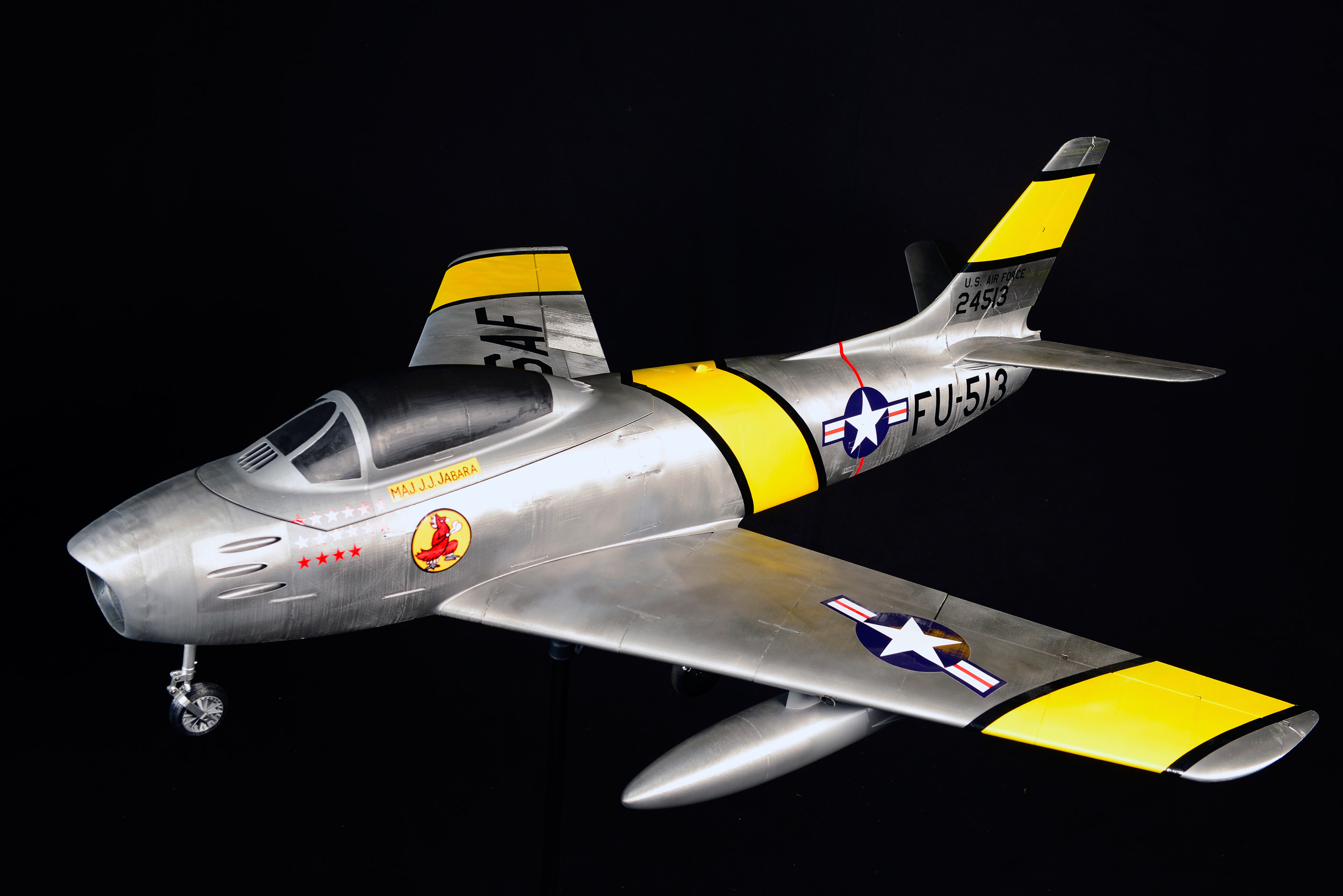There have been a couple of discussions of 3D printing in the past.
Mr. Hornick has a video, entitled “3D Printing State of the Art: Industrial” from May of 2015 which gets into detail about the current state of the art in 3D printing. It is a good primer if you are interested in the field. His deep knowledge as well as his enthusiasm make for a compelling presentation of a highly technical subject.
I’m getting interested in 3 D printing of Radio Controlled Airplane models.

That has an almost 5 foot wing spread.
Just wondering about the sort of 3D printer that would be required.
Ran across this website, which calls itself “the voice of 3D printing / additive manufacturing”
https://3dprint.com
Thanks. Too much politics lately anyway.
The video on their website FAQs shows an FDM 3d printer. Fused Deposition Modeling squirts out a tiny filament building the components layer by layer. They have to sand or hone the surface down after the build otherwise there will be noticeable layer lines. Then I assume they paint it. I didn’t dig around very much on the website.
The material they use, PLA, is a natural plant based polymer that has good strong qualities. It is possible now to print out carbon fiber, which is going to be even more durable and lighter, but also much more expensive.
If you’re wondering where this is leading, look up the DLP Carbon machine. There are also some others using this process, such as the Israeli comapny Envisiontec. This builds entire layers at once by projecting slices, and in a sense builds a part like projecting a movie frame by frame.
Soon we will be able to build the entire part all at once. I’m sure a lot of people are now working on it.
They’ve been doing it for a while, See here.
The plastic filament is used to build up the parts and the planes seem to be made in sections glued together. The video showed parts that look smooth but they may have sanded them or maybe, if the filament is thin enough, the result looks pretty smooth. PLA has lower heat tolerance and PET is supposed to be sturdier and more tolerant of heat.
The site says the material will not accept decals but any graphics must be painted on with stencils.
It seems the site will make the printed model and ship it or you can down load plans and do it yourself.
Creality Ender 3 Full Review – Best $200 3D Printer!
https://www.youtube.com/watch?time_continue=3&v=a8Z-9ncYsps
Just as a note, there are concerns about inhaling the excess aerosols that result from 3D printing.
I have seen no evidence that this is actually a problem, but it’s new enough, and not widespread enough, that issues might not have become clear.
I do recommend using a fine-filter mask when operating around one, and, ideally, having an exceptionally-fine-filter aeration system in place around it. If not a full hood then at least a strong-intake to suck hard at the air in its vicinity and strain out the fine particulates that is does seem reasonable to have released by it given current knowledge.
As usual, technology has a possible downside to be mitigated.
Dust and dirt around the printer will also affect the build, so that’s another reason for ventilation and filtration. The space must be kept clean.
You also have to be concerned about temperature and humidity in the room. PLA and other polymers can have a tendency to absorb moisture, and that may affect dimensional size.
Desktop printers aren’t really for desks in offices.
It’s not clear to me at this point why if we put punitive tariffs on plastic toys that are all now made in China, they wouldn’t immediately be replaced by domestic production using 3-D printers already on the market, and further stimulate additional development in that market, which is already proceeding at a crazy pace–looking at Make Magazine’s annual issue on them, it’s impossible to keep up with all the products out there.
I think 3d printing is amazing. Also overwhelming! With no limit to what you can make I can see tons of clutter coming!
Building and flying model airplanes during the 1980’s myself. 3D Printed model airplane’s look like they could be a very cool hobby.
Based on a little personal experience, research on the specific device you are thinking of buying is mandatory. Also, think hard about your own mechanical ability and attitude. If you enjoy tinkering with often fussy adjustments and delicate mechanisms, there are probably a lot more potentially acceptable printers than if you want it to work out of the box. This is only loosely correlated to price.
If you are very adept or patient, you can get plans and parts lists for little or nothing. The parts are widely available and fairly cheap. Full kits are also available, but many of the components are suspect in some of them. You will have a much better knowledge base if you’re successful.
It might be prudent to get a smaller simpler printer to learn on even if your ultimate goal will require something larger. Bigger is not only more expensive but rigidity and precision become much more important and the wide variety of designs don’t all take this into consideration. You’ll be in a better position to judge with a little experience. Smaller prints are both faster and cheaper, thus, much less frustrating when they fail at first.
The printers I’ve been around don’t produce much in the way of fumes and no dust. The actual quantity of melted plastic at any given time is pretty small (micro liters) so the amount of out gassing is barely noticeable in a normally ventilated room.